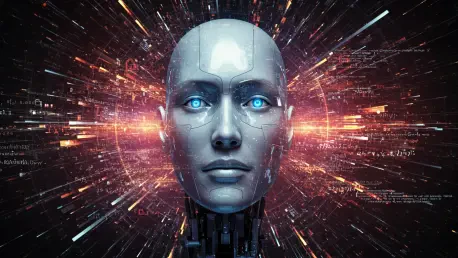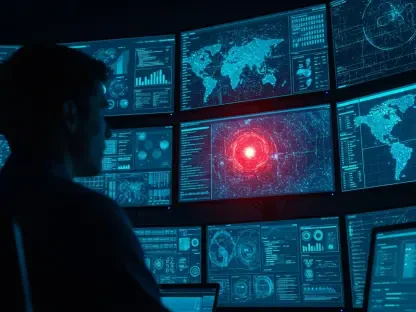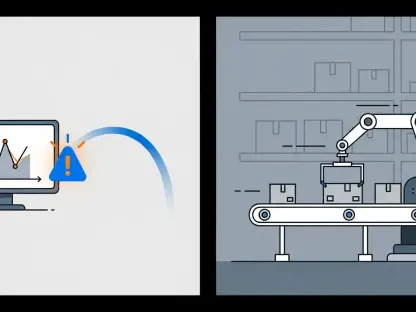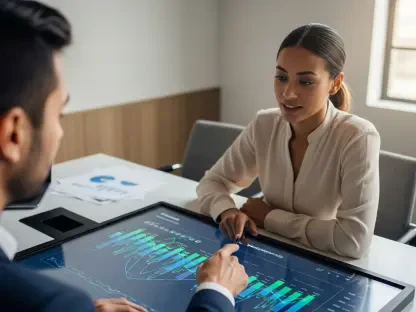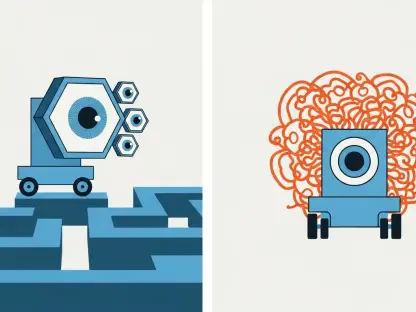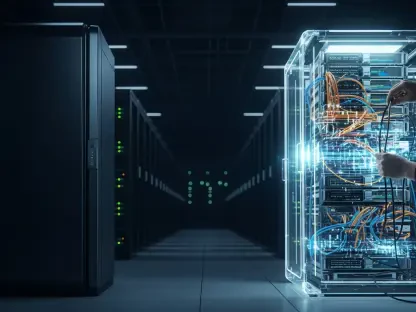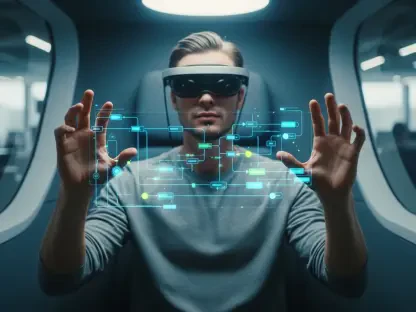In the rapidly evolving landscape of artificial intelligence, particularly generative AI, profound implications are emerging for copyright law and its traditional role in fostering creativity and innovation. The U.S. Copyright Office’s comprehensive study, supported by expertise from Carnegie Mellon University scholars, dives into the complexities surrounding AI’s access to copyrighted materials. It seeks to address how such access affects the motivation of human creators and the economic undercurrents of copyright frameworks. As AI systems increasingly synthesize vast datasets that include copyrighted content, a pressing question arises: Does this technological capability disrupt the balance between incentivizing creativity and ensuring innovation? Central to this issue is AI’s potential to both expand and challenge traditional creative paradigms.
The study anchors itself in a fundamental inquiry about societal benefits derived from allowing AI developers access to copyrighted materials for training. These materials are crucial for AI to learn and generate innovative outputs that contribute to cultural and scientific progress. American copyright law has long been designed to strike a balance between providing economic incentives to creators and granting limited access to their works to spur further creativity and innovation. Experts like Michael D. Smith from Carnegie Mellon highlight the similarity between AI-generated works and traditional creative processes as AI systems draw on existing works to create novel outputs. This alignment with copyright’s objectives of promoting innovation has prompted renewed debate on how to accommodate AI within the established legal framework.
AI’s Impact on Creator Incentives
As AI technologies advance and become integral tools in content creation, their influence on the incentives for human creators becomes a crucial issue. The concern arises from AI’s capacity to utilize copyrighted material to generate new works, potentially undermining the economic and intrinsic motivations that drive human creativity. This situation raises complex questions about the viability of copyright as a tool for encouraging original work. The researchers involved in the study argue that existing policies may offer limited solutions for protecting creators’ interests. Copyright holders might pursue more stringent restrictions on public access to counteract AI systems’ extensive data consumption.
One proposed remedy in the report is implementing a licensing framework for AI’s use of copyrighted materials. This solution aims to ensure that creators are recognized and compensated for their contributions, while also allowing AI innovations to prosper. However, such a framework isn’t without its challenges. Issues surrounding transparency, fairness, and the enforcement of licensing agreements complicate the potential benefits. Rahul Telang from Carnegie Mellon articulates the delicate balance that must be maintained between upholding creators’ rights and fostering the public good. Licensing could become a vehicle for preserving this balance, though its implementation requires careful consideration and development of robust mechanisms to protect both parties involved.
Comparative Analysis: American and European Approaches
The contrasting approaches between American copyright policy and European Union mandates present an intriguing scenario for analysis. In the EU, the burden falls on copyright holders to opt-out if they don’t want their works used for AI training. This policy shift places the responsibility on creators to protect their rights, thereby altering the power dynamics between rights holders and AI developers. The obligation to actively assert copyright protection could impose additional burdens on creators, requiring them to remain vigilant in monitoring and managing the use of their works across platforms.
By contrast, the American approach grants broader access for AI training but creates challenges in maintaining the balance of rights. The fundamental question is whether these differences encourage or hinder innovation. The American model offers more freedom for AI developers, nurturing technological advancement, whereas the European model prioritizes creators’ rights, possibly slowing down the pace of innovation but ensuring fair treatment of human contributors. The authors of the report suggest that these varying approaches can offer valuable insights into how to reformulate policies that meet both the need for innovation and the protection of intellectual property.
Navigating the Path Forward
In the realm of artificial intelligence, notably generative AI, significant questions arise concerning copyright law’s role in fostering creativity and innovation. The U.S. Copyright Office, enriched by Carnegie Mellon University experts, investigates the intricacies of AI accessing copyrighted materials and the impact on human creativity incentives and copyright’s economic aspects. As AI systems increasingly manipulate data, including copyrighted content, a critical question emerges: Is the equilibrium between encouraging creativity and ensuring innovation disturbed by this technology? Central to this topic is AI’s potential to both enhance and disrupt traditional creative frameworks.
The study delves into societal gains from enabling AI developers to use copyrighted content for training purposes. These resources help AI develop and produce progressive cultural and scientific outcomes. American copyright law traditionally balances financial rewards for creators while permitting access to spur further creativity. Experts, like Michael D. Smith, underscore that AI’s creation process mirrors conventional creativity, sparking debate on how AI should be integrated into existing law.
